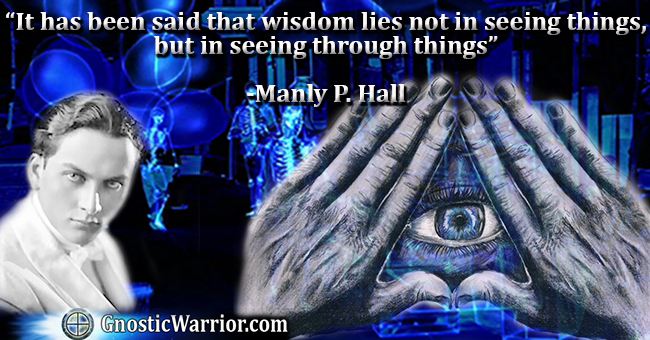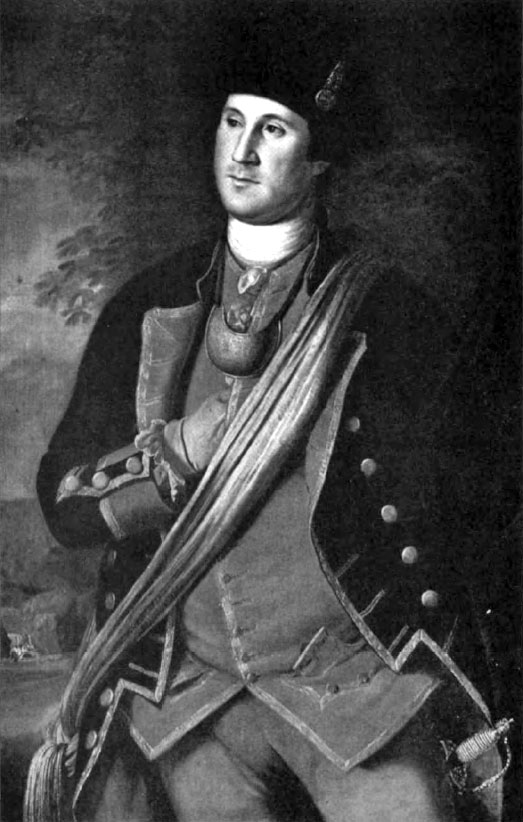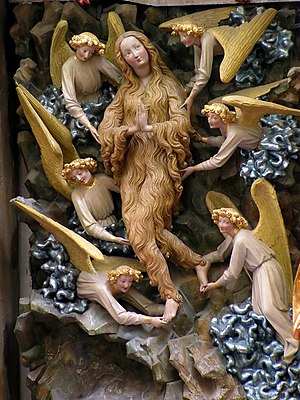This text is Part II of a discussion on Sacred Images by Manly P. Hall, that has never been in print before now. At my cost, I had the audio transcribed so people could read his words forever. I hope you enjoy.
By Manly P Hall – Vast mass of celestial needs. Buddhism has its buddhism [indecipherable 00:06] And nearly all religion and philosophies have behind the visible order of things. The concept of an  invisible government.
invisible government.
A government, which controls all things because it is by its very substance and essence in full possession of everything necessary for absolute leadership. All these types of philosophy has gradually resolved in what we might term religious odd.
And this religious odd is not limited to strange people far away. It is present in our own cathedral churches. Religious odd is present in many private homes. Wonderful figures and representations of sacred persons or sanctified individuals are to be found in painting and in sculpting in our own local environment.
How then does it happen that we create this imagery? An artist, particularly in the early period of Gothic art in Europe, invented a complete language of symbolical attributes by means of which it will be possible to distinguish the degrees of sanctity or divinity present in the various representations that they make.
Whether it is the great Michael Angelo’s Moses or the tremendous symbolical value of the Raffiel or the Rembrandt sacred paintings, it is always the same. A sacred picture to represent an invisible principle. Now this is also the only way that we can represent the various virtues and vices of humanity.
How are we going to define generosity to a person who has no understanding of the word? The only way that we can understand under those conditions is through an action. And so we have the various parables and legends or scriptures. The good Samaritan, represents this kind of generosity.
The wayward son who finally comes home to his family, is in the parable of the prodigal son. These are word patterns created to express virtues which are common to human beings but which cannot be communicated without some relationship to a practical action.
As we go in to the pictures of religious personalities in all parts of the world, we are sometimes considerably confused. In many instances it looks like some people have more of these images and might be necessary. We realize also that within culture these images change their appearances.
They change the materials upon which – from which they are fashioned. They develop an expression of likenesses – largely tribal or racial, and therefore differing in various areas and communities.
They have this tremendous almost incalculable mass of sacred imagery is now becoming of great interest to not only the psychologist but the anthropologist and the mystic, the metaphysician and the symbolist in general because these images tell us something. They tell us of man’s eternal search for realities.
The very images which look unreal a part of the struggle to attain reality. Sometime ago, an Indian gentlemen discussed with a missionary who was having a little difficulty trying to understand this well cultured Indian gentleman was able to respect an image with a number of arms and several heads.
So he tried to explain this to the missionary. And he said “How would you do some of these things?” Suppose we say that a horse has a head, and a dog has a head and a bird has a head, and a fish has a head. And all these heads are parts of something.
They are parts of life. All these creatures are alive. One life is within them. Therefore if you want to make a picture of life; you must make a cluster of living things to represent it. And no matter how many of these we put together or pile up, they will not be adequate. Because there will be more kinds of life we can picture.
There will be more attitudes and virtues within human life that we can depict. Therefore the only thing that we can do is to suggest that the divine power and source of things animates all life.
And therefore if we try to picture it perhaps we should picture it made up of living things. In Egypt the Sarapium Deities in the Great Alexander libraries of Sarapium, is said to have been a deity in figure in a kind of wicker work.
And within that wicker work, where all forms of life, plants, flowers, symbols of animals or birds, all kinds of things, it was a wicker work filled with every type of life that the Egyptians could put in it.
Therefore to them, it seems perfectly appropriate that they should represent the spirit of life. A spirit moving through living things. A spirit that should remind us forever, of the unity of life and our own kinship of living things. So gradually it became increasingly practical apparently to create this elaborate pictorial representation of the various activities of natural law.
In Alexandria, the astronomers try to do this with the universe. The Brahmans perhaps did a little better at it but all of them came to the realization that the universe came in some way archetypal figure or pattern or picture and if we want to picture the divine power of source of life, what more adequate immediate symbol could be available than the solar system, the cosmos.
There will be no way that we can go beyond life, but everything we can reach is part of life. Therefore life expands and expands and thus the Brahmans pointed out, the main problem with imagery is inadequate, it is not the way or too much of it. It is that we cannot possibly have an imagery structure that is complete in all of its attributes.
There was only a step then that it takes language as an example. Language was a way of putting forms into words and transmitting them. Language can go on and on and on. And never could we have enough of words or enough language symbols that could take care of everything we wanted to record.
In the 15th and 16th Century, the unabridged dictionary was a very slender volume in English. Today it is inconceivably a complicated volume. And still there are not enough words to tell all that we know.
The same way, there are not enough symbols in nature to tell all that we believe about creation, about deity, about the infinite unfoldment of living things. So we find in the Greek and other religions also, the gradual development of mythologies.
These mythologies were stories about the Gods, or about spirits or ghosts or super physical beings of one kind or another. Now in mythology, how are we going to symbolize the processes by means of which the various unfoldments of life took place?
To the ancient people without exception, generation was the most important symbol that existed to their knowledge. For it was in a way in which life was perpetuated. It was the one way which the mystery of death is solved forever in eternal life.
Therefore all the processes of creation that we might now carry on in laboratory by means of chemicals or mathematical symbols were anciently represented by the automatic activities of human life. Therefore to the primitive people, deity was the tribal chieftain.

Moe is the founder of GnosticWarrior.com. He is a father, husband, author, martial arts black belt, and an expert in Gnosticism, the occult, and esotericism.









THANK YOU Moe for this transcript! And thank you for all the knowledge you share! Love your site!
I have hot linked your site. 🙂